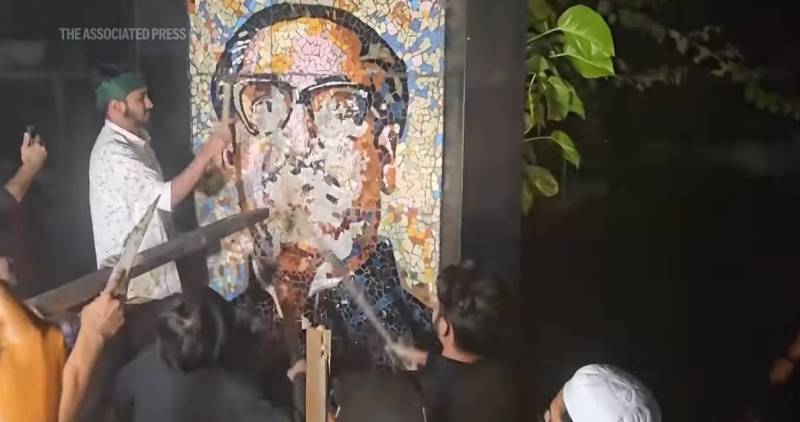New Delhi: In a week that signaled cautious optimism for India–US ties, US President Donald Trump phoned Prime Minister Narendra Modi to wish him on his 75th birthday and thank him for supporting a ceasefire in the Russia–Ukraine conflict. The call came nearly three months after trade talks between the two countries had hit an impasse. Analysts say the gesture reflects Washington’s attempt to ease tensions that had built up in recent months.
The conversation infused a fresh sense of positivity into bilateral relations. Despite Trump’s unilateral tariff hikes and sharp rhetoric, India maintained restraint, choosing patience over provocation. The US administration’s decision to impose 50% tariffs on Indian goods has itself triggered debate in Washington, with opposing voices emerging across the political spectrum. In such a climate, high-level dialogue is seen as essential. US Treasury Secretary Scott Bessent had recently acknowledged that America and India “must eventually come together”—and this week’s call between Modi and Trump appears to be a step in that direction.
The timing was crucial. Trump’s shift in tone followed the Shanghai Cooperation Organization summit, where Modi was seen engaging warmly with leaders of Russia and China, sparking concern in Washington. By September 10, Trump had already hinted that trade negotiations with India were back on track. The latest exchange underscored that the relationship is not shaped by one-off events, but by long-term strategy and shared interests.
As the world’s largest democracy and one of its fastest-growing economies, India’s partnership with the US—home to the world’s biggest economy and military power—carries global weight. The two nations’ cooperation has been anchored in democratic values, transparency, and a shared pursuit of peace. Over the past decade, ties have deepened across trade, defense, technology, and energy, even as disagreements over tariffs, visas, and regional security occasionally flared.
Trade remains a critical sticking point. While the US is India’s largest trading partner, disputes over tariffs and market access have stalled progress. Modi has emphasized removing barriers, while Trump has expressed a desire to narrow the trade deficit. If this week’s conciliatory tone holds, both sides could unlock new agreements in IT, services, energy, and investment.
Defense cooperation has expanded rapidly, with the US supplying advanced technologies and engaging India in joint exercises. In the Indo-Pacific, India’s role is central to balancing China’s rise. The Quad grouping—India, the US, Japan, and Australia—was meant to serve that purpose, though Trump’s tariff policies cast doubts over its future. His softened stance now suggests recognition that India’s strategic autonomy does not preclude deeper cooperation.

Energy and technology are emerging pillars of the partnership. India’s imports of US natural gas and crude oil are growing, strengthening its energy security. Collaboration in IT, cyber security, space research, and artificial intelligence promises long-term impact. The Indian diaspora, praised during the Modi–Trump exchange, continues to be a bridge between the two democracies, strengthening cultural and political bonds.
Counterterrorism remains another shared concern. From 9/11 to 26/11, both nations have faced devastating attacks, aligning their perspectives. The leaders’ latest dialogue reiterated cooperation against terrorism, with implications for stability in Afghanistan and Central Asia.
Of course, challenges remain. Trump’s administration has pushed for India to open its agriculture and dairy sectors—demands India has consistently rejected in order to protect farmers, fishermen, and small enterprises. Yet with five rounds of trade talks already completed and discussions resuming after a pause, there is renewed hope. Both sides are targeting $500 billion in bilateral trade by 2030, a goal that will require steady progress.
For India, balancing its sovereignty with strategic engagement is key. For the US, appreciating India’s perspective is essential. Trump’s recent moderation may not erase months of friction, but it signals recognition that partnership is indispensable. Whether this dialogue truly “changes the course” remains to be seen, but it has at least opened a path toward rebuilding trust, reducing discord, and advancing shared goals in trade, defense, technology, and global security.





